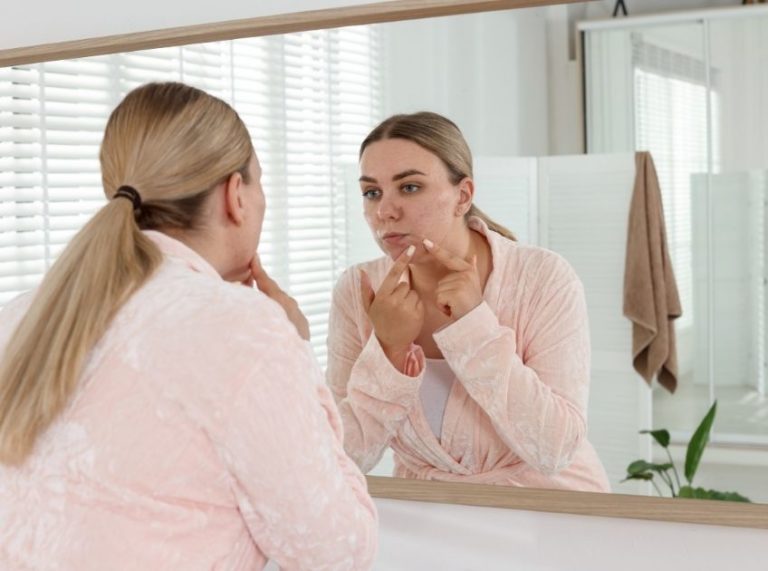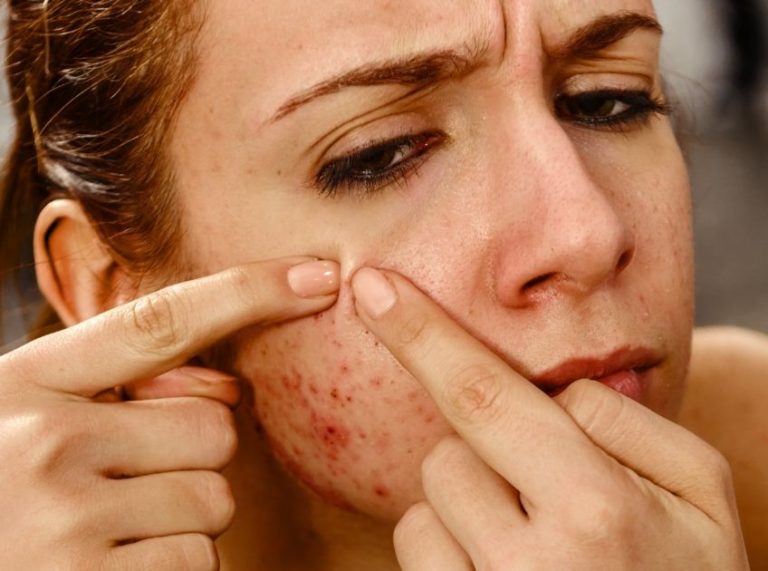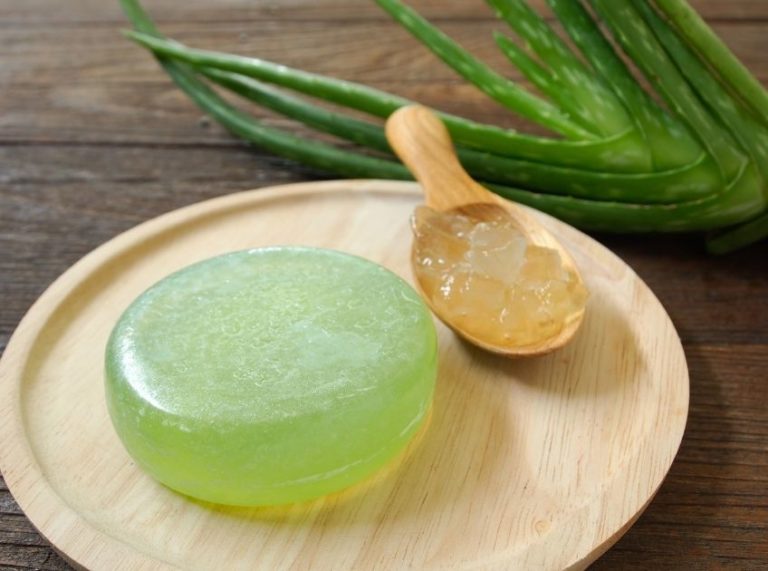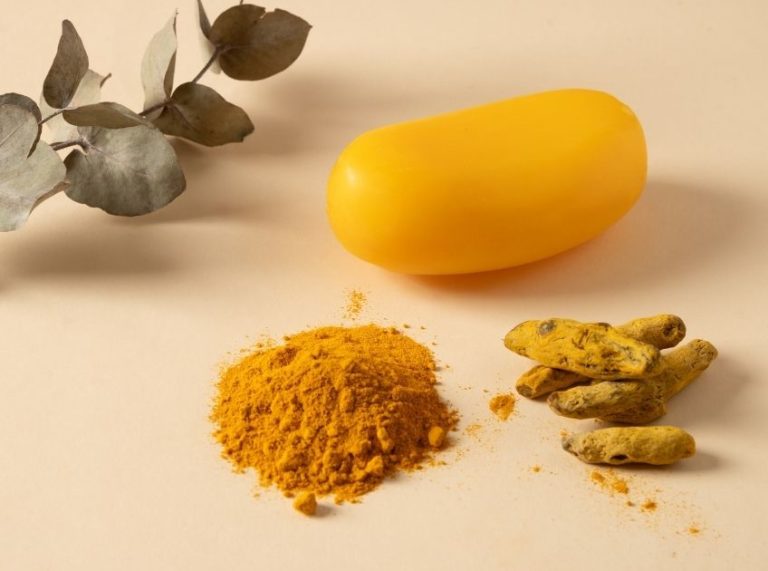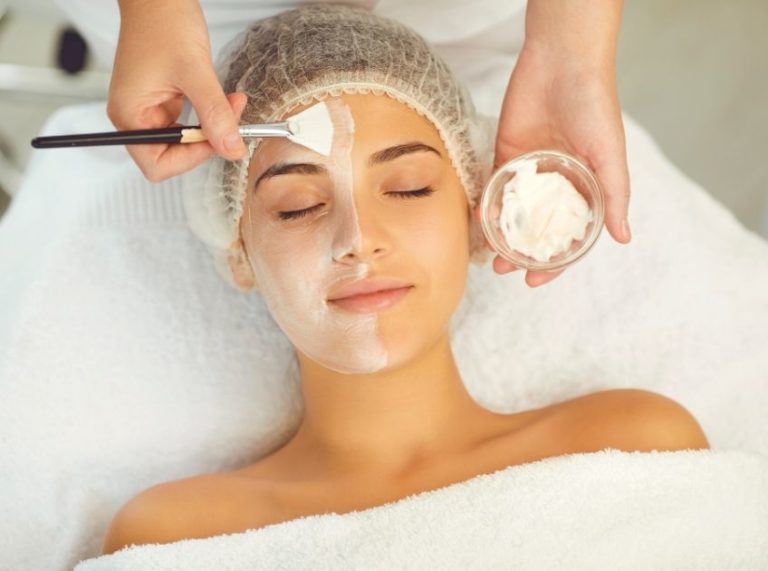
Important: This article is for informational purposes only. Please read our full disclaimer for more details.
Looking for a natural way to smooth out cellulite without harsh chemicals or expensive treatments? Grapefruit, known for its detoxifying and skin-toning benefits, may be the DIY solution you’ve been searching for—these easy-to-make creams harness grapefruit’s natural properties to target dimpled skin at home.
In this post, you’ll discover science-backed benefits, safe usage tips, and three expert-formulated grapefruit cream recipes for tackling cellulite.
Why Grapefruit Is a Game-Changer for Cellulite
Grapefruit essential oil contains high levels of antioxidants and enzymes that support lymphatic drainage and help break down fat deposits under the skin. Regular use may improve skin tone, texture, and elasticity, making it a top ingredient in many cellulite creams.
Key Benefits of Using Grapefruit Cellulite Cream
- Stimulates blood circulation
- Promotes lymphatic drainage
- Helps reduce water retention in tissues
- Breaks down fatty deposits under the skin
- Leaves skin refreshed and lightly exfoliated
Science Behind the Ingredients
- Grapefruit Essential Oil: Rich in limonene and vitamin C, this oil has antioxidant and anti-inflammatory properties. Studies show limonene supports lipolysis, the breakdown of fat cells (1).
- Coconut Oil: Packed with fatty acids that improve skin hydration and texture.
- Caffeine: Improves microcirculation and helps tighten skin (2)(3).
- Shea Butter: Deeply moisturizing and rich in skin-repairing nutrients.
Active Components That Tackle Cellulite
- Limonene (in grapefruit oil): Boosts metabolism in fat cells
- Caffeine: Temporarily tightens and smooths the skin surface
- Fatty acids (from coconut/shea): Nourish and repair the skin barrier
- Vitamin E: Reduces oxidative stress and supports tissue healing
When to Discontinue Use
- If you experience irritation, redness, or itching
- If skin becomes overly dry or sensitive
- If using before sun exposure (grapefruit oil is photosensitive)
- During pregnancy or nursing, without consulting a doctor
Can You Adjust Ingredient Quantities?
Absolutely. For sensitive skin, reduce the amount of grapefruit essential oil. To thicken or lighten the texture, tweak the shea butter or carrier oil ratio. Always do a patch test before adjusting formulations.
Which Skin Types Benefit Most?
- Best for: Normal, oily, combination skin with visible cellulite
- Use cautiously: On dry or sensitive skin, dilute essential oils more
- Avoid: On broken, sunburned, or inflamed skin
Is It Safe to Use?
When used properly, grapefruit cellulite creams are generally safe. Always dilute essential oils and avoid UV exposure immediately after use. Consult a dermatologist if you have allergies or chronic skin conditions.
Top 3 DIY Grapefruit Cellulite Cream Recipes
1. Grapefruit & Coconut Firming Cream
This beginner-friendly recipe boosts circulation and smooths skin with minimal ingredients.
Ingredients
- ½ cup unrefined coconut oil
- 10 drops of grapefruit essential oil
- 5 drops rosemary essential oil (optional)
Directions
- Soften coconut oil slightly (not melted) and stir in essential oils.
- Whip with a hand mixer for a fluffy texture.
How to Apply
- Massage onto thighs or affected areas in circular motions after showering.
- Use once daily.
- Avoid direct sun exposure for 8 hours post-application.
- Store in a cool, dark place.
2. Grapefruit Caffeine Cream for Smooth Skin
Add caffeine to enhance blood flow and temporarily tighten the skin.
Ingredients
- 2 tbsp shea butter
- 1 tbsp ground coffee (or caffeine powder)
- 1 tbsp sweet almond oil
- 8 drops of grapefruit essential oil
Directions
- Melt shea butter and almond oil in a double boiler.
- Stir in coffee or caffeine powder.
- Let it cool, then add grapefruit oil and mix well.
How to Apply
- Apply to cellulite-prone areas after exfoliating.
- Massage gently for 2–3 minutes.
- Leave on for at least 30 minutes before rinsing.
- Use 3–4 times per week.
3. Detox Grapefruit Body Butter
This nourishing butter hydrates deeply while improving skin tone.
Ingredients
- ¼ cup cocoa butter
- ¼ cup shea butter
- 2 tbsp jojoba oil
- 12 drops of grapefruit essential oil
- 5 drops juniper berry essential oil (optional)
Directions
- Melt the butter and jojoba oil together.
- Let cool slightly, then whip with essential oils until creamy.
How to Apply
- Use nightly on clean skin.
- Focus on thighs, hips, or arms.
- Gently massage using upward strokes.
- Don’t expose treated areas to sunlight the next morning.
Tips for Using Homemade Cellulite Creams
- Always exfoliate before applying for better absorption
- Apply daily for at least 2–3 weeks to see visible results
- Store creams in airtight containers away from heat or sunlight
- Keep essential oil usage within safe limits (0.5–2% dilution)
DDosand Don’ts
| Do’s | Don’ts |
|---|---|
| Do a patch test before full use | Don’t use grapefruit oil before sun exposure |
| Use only pure essential oils | Don’t apply to irritated or broken skin |
| Store in a cool, dark place | Don’t overuse—daily is enough |
| Use with massage for best results | Don’t apply immediately before going outside |
Frequently Asked Questions (FAQ’S)
1. How long does it take to see results with grapefruit cellulite cream?
A. Most users notice smoother skin within 2–4 weeks of consistent use.
2. Can I use it every day?
A. Yes, but ensure you’re not over-exfoliating or using it on sun-exposed skin.
3. Is grapefruit essential oil safe for everyone?
A. It’s safe when diluted, but avoid during pregnancy or if you have citrus allergies.
DIY grapefruit cellulite creams offer a natural, budget-friendly way to tackle uneven skin. With the right ingredients and proper use, you can enhance skin tone, stimulate circulation, and feel more confident in your skin. Always listen to your skin’s signals and adjust accordingly for best results.




